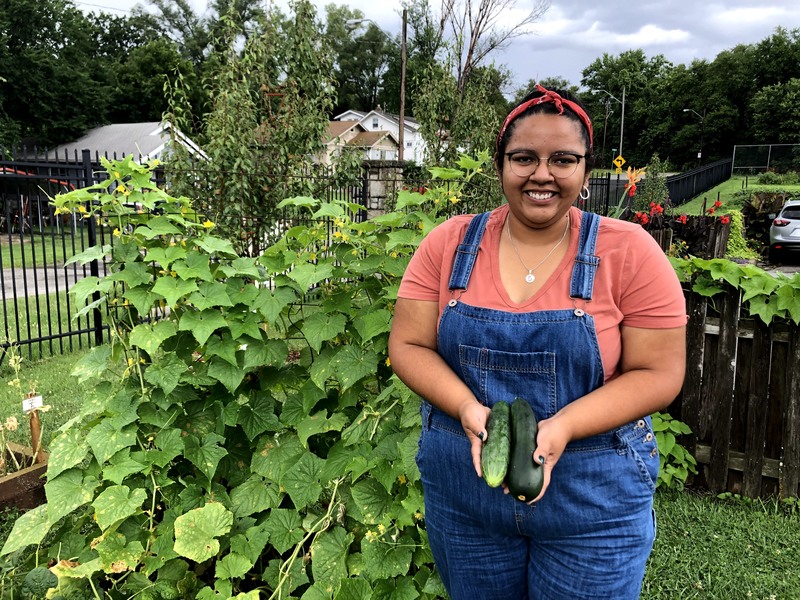Ben Sharda is KCCG’s Executive Director and he has led KCCG for more than 30 years. His practical approach to gardening has played a key role in KCCG’s success. This month, Ben offers tips on fertilizing your plants.
Many gardeners have become increasingly frustrated with trying to grow summer squash (zucchini, patty pan, and yellow crookneck, and straightneck varieties) because of the serious insect problems that always show up whenever you plant squash.
The squash vine borer and the squash bugs can be very difficult to control but there are some different control techniques you can use safely in your garden.
For squash bugs:
• Watch for eggs – look on the underside of the leaves for clusters of brown eggs that have been laid.
• These clusters can be removed by tearing off the piece of leaf that holds the eggs.
• Check weekly for new eggs being laid.
Spray young squash bugs before they develop their hard “shell”
• When the young squash bug nymphs hatch out – they can be controlled using organic sprays including Neem oil and spinosad.
For squash vine borers:
• Spray weekly with sprays of BT or spinosad.
• Some gardeners have used a syringe to inject BT into the stem of the plant.
• Mounding the soil around the stalk (don’t bury leaves or growing stem tips) makes it harder for the moths to lay their eggs.
Row cover has been used successfully to screen out both the squash bugs and the vine borer. Traditional varieties will need some hand pollination to insure fruit set. Some special varieties (including a couple offered by “Beanstalk Seeds”) are able to set fruit without bees.
And finally, it is worth planting a second crop of summer squash. I know some people have already lost plants and have empty space. Planting again right now and through July 25 can result with a nice crop of summer squash that sometimes (not always) go unnoticed by the squash insect pests. Squash seeds planted now will grow fast and produce nice young, tender squash fruits in September and October.
If you have questions about growing squash or using the control methods mentioned here – send an email to: contact[at]kccg.org



